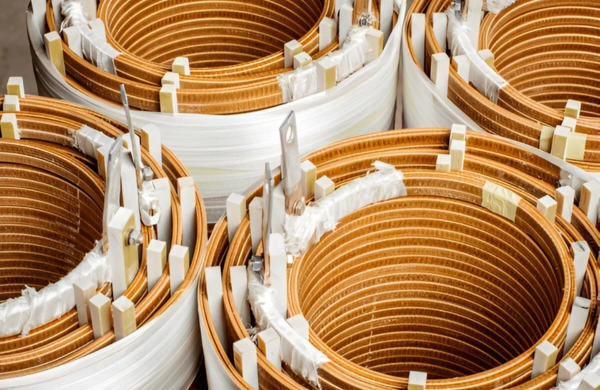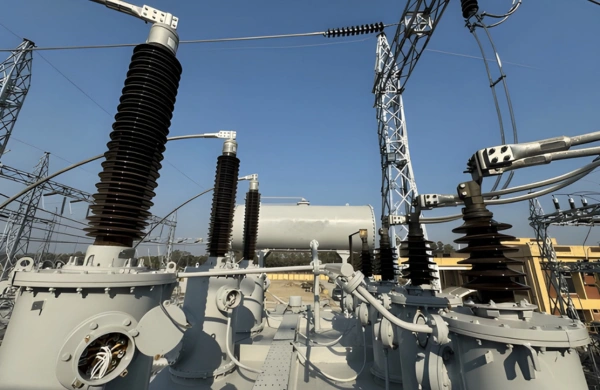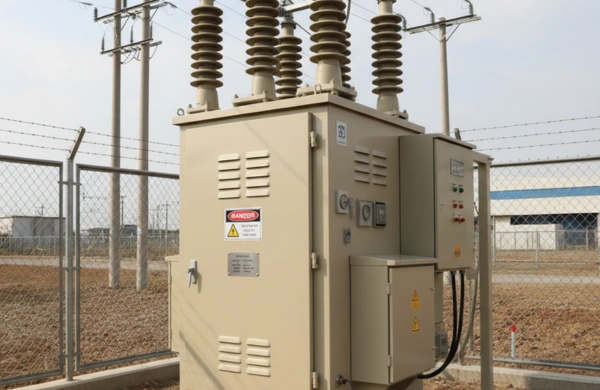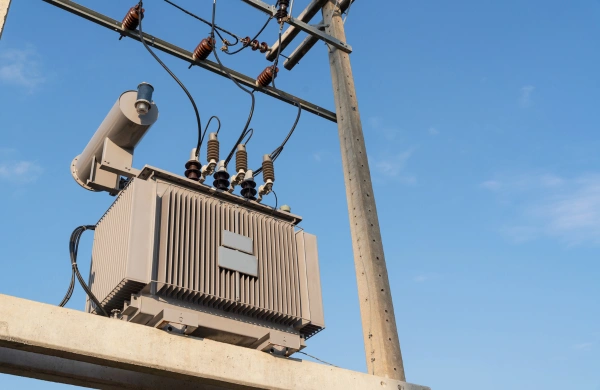Introduction
Transformer cores are the foundation of reliable power transmission and efficient electrical systems. As global energy infrastructure expands and demand for high-performance transformers increases, India has emerged as a critical hub for transformer core manufacturing. The country’s engineering expertise, manufacturing capabilities, and focus on precision make it an ideal partner for global power and industrial projects.
Know About Transformer Bushings Connectors Manufacturers in India
Leading Indian manufacturers are now delivering world-class transformer cores that meet the demanding standards of utilities, OEMs, and EPC firms worldwide. This article explores the core manufacturing process, materials, and quality control practices that drive performance — and highlights how Zetwerk supports North American projects with engineered cores built for durability, energy efficiency, and compliance.
1. The Importance of Transformer Cores in Global Power Systems
Transformer cores determine how efficiently electrical energy is transferred between windings. They directly influence the transformer’s performance, noise levels, and energy losses. In industrial grids, renewable power stations, and distribution systems, even minor variations in core material or lamination precision can lead to significant energy inefficiencies.
Modern projects demand transformer cores that combine:
- High magnetic permeability for minimal losses
- Low core loss materials to reduce heat generation
- Tight tolerances for uniform flux distribution
- Global compliance with IEC, ANSI, and DOE standards
India’s manufacturing base offers the combination of material science, process automation, and testing expertise required to deliver these high-precision components at global quality levels.
2. Evolution of India’s Transformer Core Manufacturing Industry
Over the last two decades, India’s transformer core manufacturing industry has shifted from domestic supply to serving international power and industrial markets. The transformation has been driven by:
- Advanced material sourcing: Use of premium CRGO (Cold Rolled Grain Oriented) and amorphous metals from Japan, Europe, and South Korea.
- Automated slitting and lamination lines: CNC-controlled machines ensure accurate stacking, burr-free edges, and consistent dimensional accuracy.
- In-house annealing and testing: Controlled heat treatment improves magnetic properties and minimizes residual stress.
- Export-ready logistics: Manufacturers have built streamlined export supply chains supporting North America, Europe, and the Middle East.
India’s competitive advantage lies in delivering cost-efficient yet technically advanced cores — ideal for projects that demand both scale and precision.
3. Materials and Core Types for Modern Transformer Applications
Transformer cores are typically made from Cold Rolled Grain Oriented (CRGO) steel, Non-Grain Oriented (NGO) steel, or Amorphous metal. The material selection depends on efficiency goals and application type.
CRGO Cores
- Used in power and distribution transformers
- Offer superior magnetic flux alignment
- Enable low hysteresis and eddy current losses
- Suitable for 11 kV to 765 kV class transformers
Amorphous Metal Cores
- Made from ultra-thin ribbons with random atomic structures
- Reduce core losses by up to 70% compared to CRGO
- Preferred for high-efficiency distribution and renewable grid applications
Ferrite and Powder Cores
- Used in smaller, high-frequency transformers and electronic equipment
- Offer low eddy current losses and temperature stability
Core Designs
- Core-type and shell-type assemblies depending on voltage class and insulation structure
- Step-lap construction ensures better magnetic flux continuity and lower noise
- Stacked, wound, and cut-core designs customized per transformer configuration
Zetwerk manufactures and sources all these core configurations under tight quality and dimensional control, ensuring each core meets precise application requirements.
4. Manufacturing Process and Quality Control Standards
Transformer core manufacturing demands exact alignment between design, material preparation, and finishing processes. The workflow typically includes:
- Material Inspection and Slitting – Raw CRGO coils are checked for surface finish and thickness uniformity, then slit into narrow strips using precision cutters.
- Lamination Cutting – CNC core cutting lines ensure accurate mitred or step-lap shapes.
- Stacking and Assembly – Laminations are stacked to achieve required height and weight with tight tolerances.
- Annealing – Heat treatment relieves internal stresses and restores magnetic properties.
- Core Clamping and Finishing – Clamps are applied uniformly to maintain structure integrity during transformer assembly.
- Testing – Magnetic loss, permeability, and no-load current are measured to validate performance before dispatch.
Manufacturers use Digital Core Loss Testing Equipment and Epstein Frame Testers to ensure every batch meets design specifications.
At Zetwerk, each core undergoes multi-stage dimensional, metallurgical, and electrical testing before shipment, ensuring reliability for end users and OEM partners.
5. Global Standards and Compliance
For export projects, meeting international compliance is critical. Indian manufacturers have aligned their production with key global standards such as:
- IEC 60404 – Magnetic materials testing
- ANSI C57 – Transformer performance
- DOE 2016 & EU Ecodesign – Efficiency and loss parameters
- ISO 9001, ISO 14001, and ISO 45001 – Quality, environment, and safety management
- Zetwerk’s core manufacturing ecosystem follows all these international quality frameworks, allowing seamless integration into global supply chains for power utilities, renewable developers, and industrial EPCs.
6. Zetwerk’s Role in Global Transformer Core Supply
Zetwerk supports transformer OEMs and EPC contractors across North America and other international regions with custom-engineered transformer cores. Our capabilities cover the complete process—from CRGO and amorphous material processing to final stacking and export packaging.
Key Strengths
- Dedicated manufacturing and inspection facilities for core assembly
- In-house engineering and 3D modeling for design optimization
- Global logistics and compliance management
- Scalable production for distribution, power, and furnace transformer cores
Each project is executed with strict adherence to client specifications and grid performance standards, ensuring minimal losses and long operational life.
7. Advantages of Partnering with Indian Core Manufacturers
Global transformer OEMs are increasingly partnering with Indian suppliers for their manufacturing advantages:
- Lower lead times through flexible capacity
- High consistency with automated slitting and stacking systems
- Material sourcing flexibility across CRGO and amorphous suppliers
- Export support with sea- and air-freight optimized packaging
- End-to-end documentation for traceability and compliance
These strengths make India a strategic base for large-scale energy and industrial projects across North America, Europe, and the Middle East.
Conclusion
Transformer cores define the performance and efficiency of every transformer. With decades of material expertise and precision-driven processes, Indian manufacturers are now critical partners in global grid modernization.
From raw material selection to final assembly, Zetwerk ensures every core is built to exceed expectations for industrial and utility-grade transformers across the world.
FAQs
a. Most cores use CRGO steel or amorphous metal for minimal magnetic losses and superior flux control.
a. Amorphous alloys have a disordered atomic structure, reducing core losses by up to 70% compared to conventional CRGO.
a. Yes, manufacturers like Zetwerk meet IEC, ANSI, and DOE 2016 standards required for export projects.
a. Each core undergoes multi-stage magnetic, dimensional, and electrical testing to ensure consistent global performance.
a. Zetwerk supplies CRGO, amorphous, and wound core assemblies for distribution, power, and furnace transformers.









